Top speed 652 km/h Wingspan 13 m Cruise speed 408 km/h First flight 1971 | Range 1,481 km Length 10 m Engine type Lycoming T55 | |
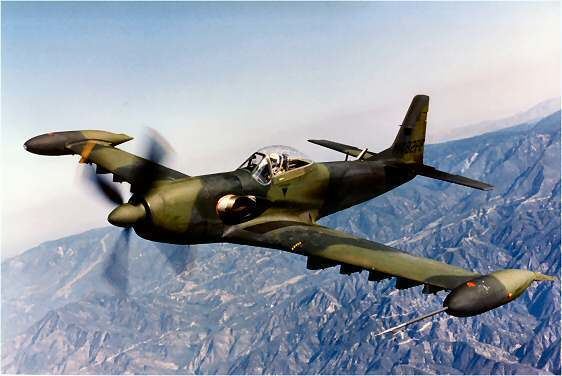 | ||
Similar North American F 82 Twin Mustang, North American P 51 Mustang, Cavalier Mustang | ||
Il2 piper pa 48 enforcer
The Piper PA-48 Enforcer was a turboprop powered light close air support aircraft built by Piper in Lakeland, Florida in the 1970s. It was the ultimate development of the World War II-era P-51 Mustang fighter. The Enforcer concept was originally created and flown as the Cavalier Mustang by David Lindsay, owner of Cavalier Aircraft, in response to the United States Air Force PAVE COIN program, but Cavalier did not have the political clout or manufacturing abilities to mass-produce the Enforcer, so the program was sold to Piper by Lindsay in 1970.
Contents
- Il2 piper pa 48 enforcer
- Design and development
- Flight testing and evaluation
- Survivors
- Specifications PA 48
- References
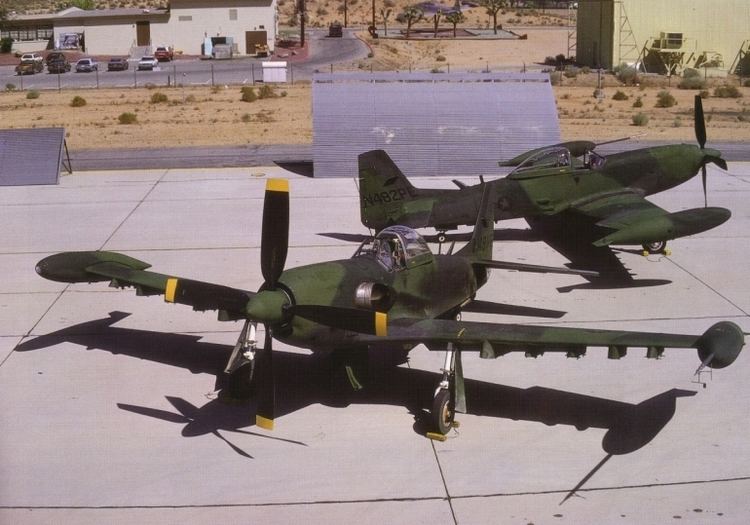
Design and development
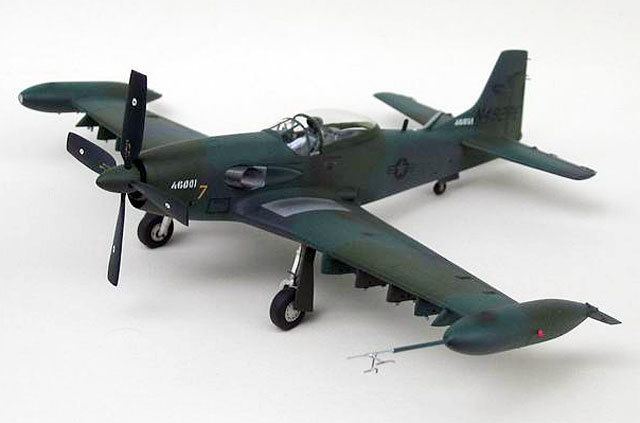
In 1968, Cavalier Aircraft owner/founder David Lindsay began developing a highly modified version of the Cavalier Mustang for use as a counter-insurgency aircraft. Cavalier initially mated a Rolls-Royce Dart 510 turboprop to a Mustang II airframe. This privately funded prototype was also intended for the same CAS/COIN mission that the Mustang II was built for. The Turbo Mustang III had radically increased performance, along with an associated increase in payload and decrease in cost of maintenance, and was equipped with Bristol ceramic armor to protect the engine, airframe and pilot. Despite numerous sales attempts to the United States Air Force, neither the U.S. military nor any foreign operators purchased the Turbo Mustang III.
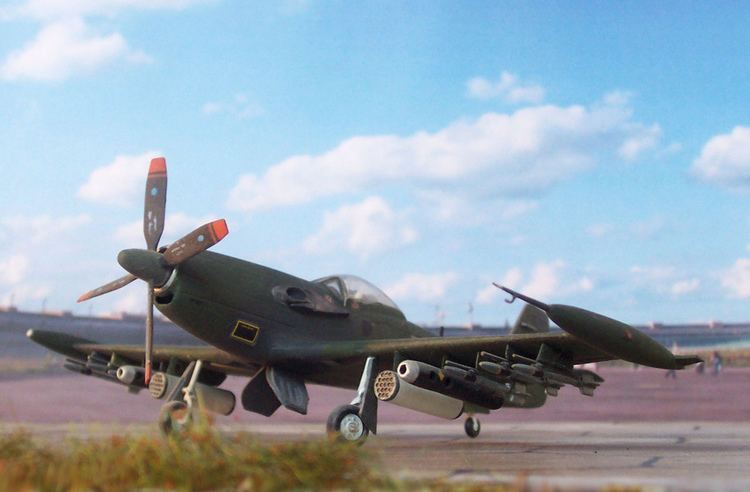
Seeking a company with mass production capability, the Turbo Mustang III, renamed the "Enforcer," was sold to Piper Aircraft in late 1970. Cavalier Aircraft Corp. was closed in 1971 so the founder/owner, David Lindsay, could help continue develop the Enforcer concept with Piper. Piper was able to lease a Lycoming T-55L-9 engine from the USAF (the engine Lindsay wanted initially) and flew the aircraft some 200+ hours. In 1984 with a $US12 million appropriation from Congress, Piper built two new Enforcers, giving the new prototypes the designation PA-48. These aircraft were evaluated by the USAF, but flown only by Piper test pilots.
In 1971, Piper built two Enforcers by heavily modifying two existing Mustang airframes, fitting them with Lycoming YT55-L-9A turboprop engines along with numerous other significant modifications. One airframe was a single seat (called the PE-1 and FAA registered as N201PE), the other a dual-control aircraft (the PE-2, registered N202PE). Prior to the Pave COIN evaluation, N202PE was lost in a crash off the Florida coast on 12 July 1971 due to flutter caused by a Piper-modified elevator trim tab. Although the Enforcer performed well in the 1971–1972 Pave COIN test flown by USAF pilots, Piper failed to secure a USAF contract.
Flight testing and evaluation
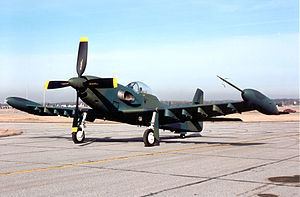
For another eight years, Piper and Lindsay lobbied Congress to force the USAF to officially re-evaluate the Enforcer. Eventually in the 1979 defense bill $11.9 million was allocated for Piper to build two new prototypes and for the USAF to perform another flight evaluation. Since the Enforcer was never in the Air Force inventory, it was not given an official military designation and did not receive an air force serial number. Instead, it carried the Piper designation PA-48 and FAA registration numbers, N481PE and N482PE.
By the time the PA-48s were completed, they shared less than 10 percent of their structure with the P-51, and were longer and larger. Essentially, the PA-48 Enforcer was a completely new aircraft.
The two PA-48s were tested during 1983 and 1984 at Eglin Air Force Base, Florida and Edwards Air Force Base, California. As in the Pave COIN tests of 1971, the PA-48s were found to perform well in their intended role, but the USAF again decided not to purchase the aircraft.
Survivors
Of the four prototype aircraft produced, two still exist. In 2014, PA-48 N482PE completed restoration and is on display at the Air Force Flight Test Museum at Edwards Air Force Base. N481PE (pictured above) has been fully restored and resides in the "Prototype Hangar" at the National Museum of the United States Air Force at Wright-Patterson Air Force Base near Dayton, Ohio.
Specifications (PA-48)
Data from Jane's All The World's Aircraft 1982–83
General characteristics
Performance
Armament
